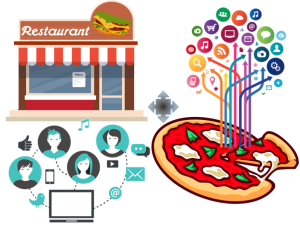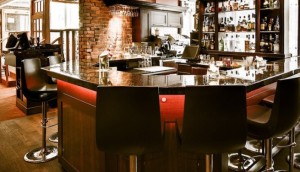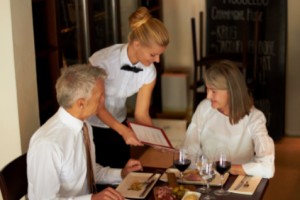Benefits of Social Media for Restaurant Business
A well-executed social media marketing strategy can do wonders for any business, big or small. This inexpensive and highly creative form of digital marketing is widely used across industries to create awareness and increase sales. Research has shown that social media has benefited the F&B industry specifically, with as high as 80% restaurants using social media, way higher than email (63%), print (61%), and radio (37%). The social media platforms most often used are Facebook, Instagram, LinkedIn, Pinterest and Twitter, with Snap-chat not too far away.

• Communicate directly with the customers – current and potential.
• Gain insights, feedback, and reviews on service, dishes, ambience, and pricing.
• Provide special discounts and offers to get new and visiting customers to try different items on the menu.
• Promote and launch new menu items.
• Create awareness about upcoming outlets and their launch details.
• Use loyal customers and employees as brand ambassadors.
• Hire hardworking employees.
• Manage your reputation online by resolving complaints, pacifying upset customers, and appreciating positive feedback.
• Spread excitement and increase awareness about contests and giveaways.
• Invite food bloggers and leverage their reach and influence on social media to get footfalls.
• Get customers to follow and like your social media profiles across platforms, connect with them, and tag them on photos to create awareness amongst their friend circles.
However, in order to make the most of the benefits listed, the restaurateur must ensure the following:
• Create social media properties and maintain them. Keep your followers updated.
• Have a dedicated person for social media marketing management for your restaurant.
• Content is king! Upload quirky and unique content that will attract audience.
• Get customers to check-in and review online.
• Click visually stimulating pictures of the food and share.
• Have a photo booth tucked in somewhere with props. Encourage customers to try it. Click pictures of them and tag them through your handle.
Social media has proven to be the most cost-effective and exciting restaurant marketing strategy. It is time to find customers where they spend most of their time – on social media.






